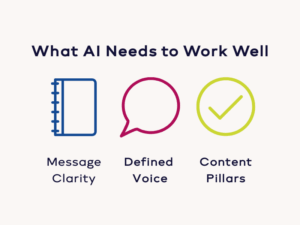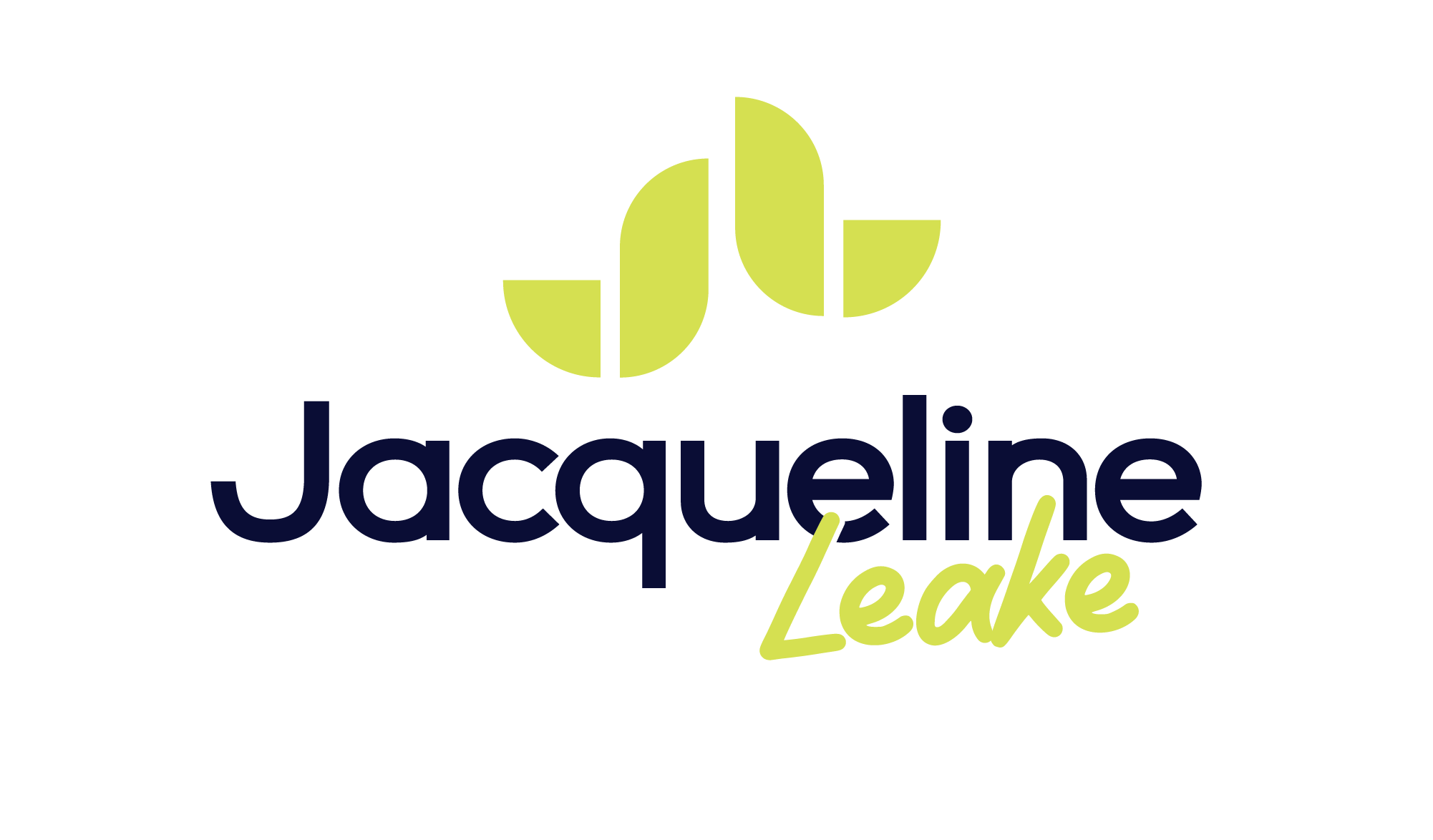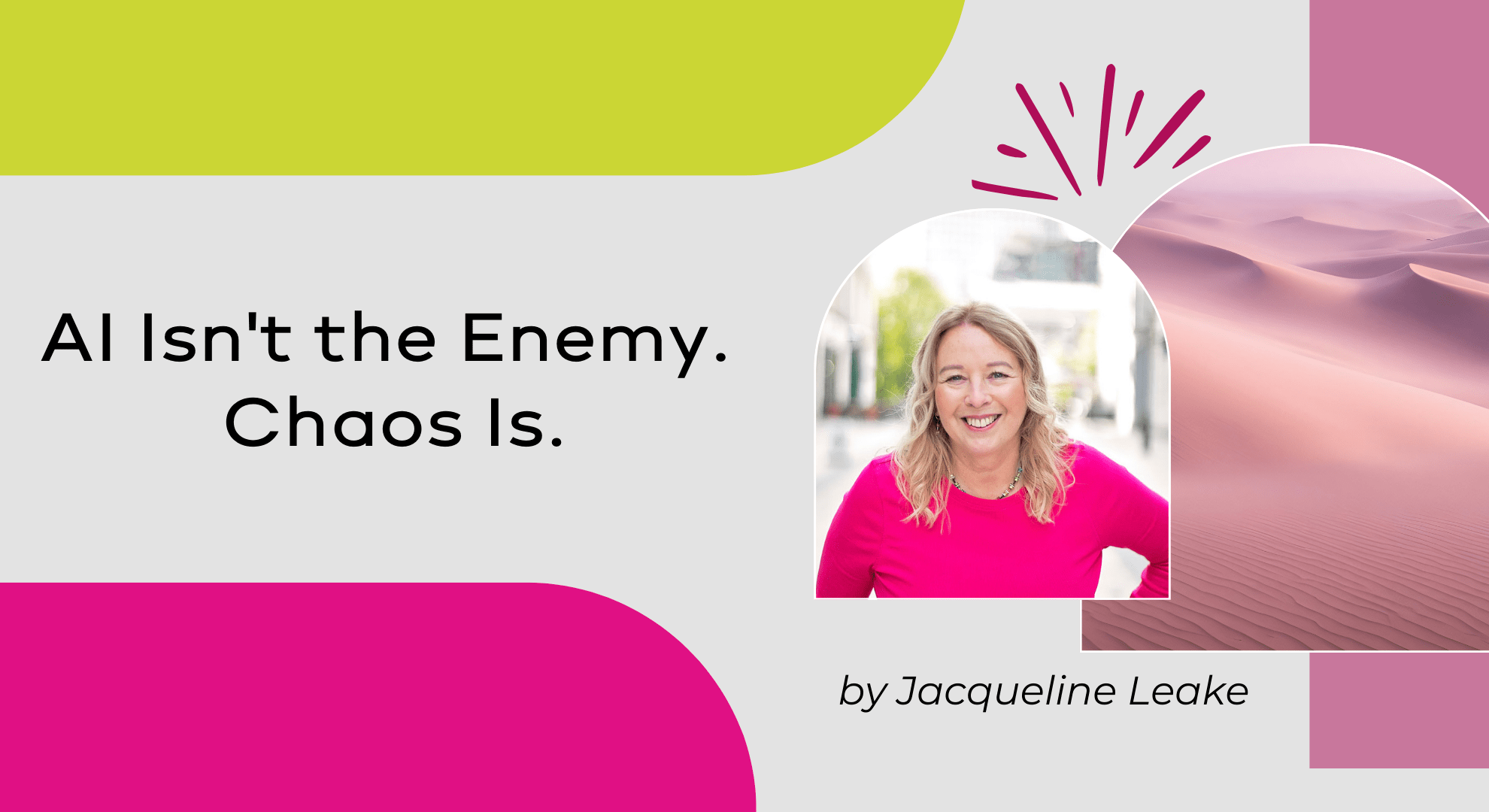Quick Answer
- AI underperforms when voice, pillars and simple workflows are missing- it mirrors the mess it’s given
- With foundations in place, clients report clearer first drafts and measurable time savings (eg drafting cut from [X] to [Y] minutes)
- Start with Brand Voice DNA and an Ideal Client Avatar, then train a custom GPT on your examples
TL;DR
If AI hasn’t worked for you, it’s rarely the tool. It’s the lack of structure behind it. Once your brand voice, content pillars and a simple workflow are defined, a custom GPT becomes a calm, capable assistant. In summary, you spend less time fixing drafts and more time publishing with confidence.
If you’ve been wondering, “Why doesn’t AI work properly for my business?” here’s the direct answer: it’s not AI – it’s the background chaos.
What I’ve seen, after helping clients put proper foundations in place, is that AI reflects what you give it. Scattered in, scattered out. Clear in, clear out. When your voice, pillars and process are defined, AI becomes the most reliable team member you didn’t have to hire.
I always refer to my content plan to ensure my ideas align with my business goals and audience. This simple check-in keeps my focus.
Why doesn’t AI work for my business?
Mini-summary: This isn’t about being more ‘techy’. It’s about giving the tech something solid.
Understanding the real barriers to AI success
To answer this directly: AI cannot compensate for missing foundations. It needs:
- Message clarity – what you do, for whom, and why it matters
- Defined voice – phrases you’d use, phrases you’d never use, rhythm and tone
- Content pillars – the 3–5 themes you return to
- Simple systems – a workflow you can stick to on a busy week
What usually happens instead:
- “It’s giving me generic stuff”
- “This doesn’t sound like me”
- “I don’t have time to fix it”
The current situation is that most people jump into AI without these basics. The tool mirrors the mess, not the intention.
Key takeaway: When your business feels scattered, AI will reflect that scatter back to you.
What’s really missing when AI fails?
Mini‑summary: Foundations reduce mental load. AI becomes a thinking partner rather than a noisy suggestion box.
The foundations that make AI assistance effective
The practical steps are straightforward:
- Map your pillars. Name your core topics.
- Capture your voice. Build a Brand Voice DNA with phrases to use and avoid.
- Create a light system. A simple weekly content workflow you can keep up with.
Train your assistant. Feed your custom GPT with your own examples.
Real client moments:
- After a focused build, Sue Green felt clear on what to implement next, and booked time to put the changes in place because it finally felt doable.
- Amanda Bourne left her custom GPT session talking about the hours and hours of time it would return to her schedule.
- Han Pearson ran the newsletter super‑prompt with her voice loaded and needed only light edits – that was the difference.
Key takeaway: You don’t need to scale first – you need space. Structure gives you that, AI protects it.

What happens when you get the structure right?
Mini‑summary: Once the inputs are yours, the outputs feel like yours.
Real transformation when foundations and AI work together
Here’s a typical before/after once the groundwork is done and the custom GPT is trained on it.
Before:
Time lost rewriting generic drafts
Every post starts from a blank page
Inconsistent tone and messaging
After:
Weekly clarity on what to create
Drafts that sound like you on the first pass
Less pressure to “be original” every time
Client snapshots:
Sue Green calls her custom GPT a revelation – it’s like it knows what she wants to say and lifts it in seconds.
- Eloise Elford resisted AI until her assistant sounded authentically like her, then it became a genuine support to her content process.
- Nicola Horsewood left a session with three different email sequences ready to use from one smart prompt.
Key takeaway: The right AI setup doesn’t replace your thinking – it reduces decision fatigue and speeds up delivery.
Should you use AI right now?
Mini‑summary: Get the foundation in place, then the tools will finally help.
How to know if you’re ready
Yes, if you have:
- A clear offer in plain English
- A handful of content pieces that sound like you
- Defined content themes
Not yet, if you’re:
- Still refining your core message
- Unsure how to explain what you do without AI
- Starting from a blank slate of examples
If that second list feels true, begin with Authentic AI Messaging – Your AI Content Playbook to define your Brand Voice DNA and Ideal Client Avatar. Then build your suite of assistants.
Key takeaway: Build the base first. Then your custom GPTs will work with you, not against you.
Micro-case
Mini-summary: A single, specific before/after tells the whole story.
Client: Jacqueline
Before: Time to research and write 1 blog, 2.5 hours
After: ~30 – 45 minutes per blog end-to-end (4 blogs in 2 hours – 3 hours using Lucy for research, drafting and edits)
What changed: Clear pillars, Brand Voice DNA and custom instructions in Lucy, my blog writer GPT.
Key takeaway: One clear proof beats ten general promises.
Tools at work
Mini-summary: Fewer moving parts, more consistent output.
One small prompt instead of a long tool list
Prompt I actually use in Lucy:
“Draft a 400–600 word blog on [pillar topic], [add your search/main points/thoughts] using my Brand Voice DNA. Keep to the blog framework in your instructions.”
That’s it. No jargon, no complex chains. The voice file and a few strong samples do the heavy lifting.
Key takeaway: Small, repeatable prompts outperform complicated setups.
To summarise: AI isn’t the enemy – chaos is. Put the foundations in place and your assistants will finally feel like support, not more noise. The key point is that structure makes space. AI keeps it.
Book an AI Advantage Power Hour to map your pillars and set up your first assistant.

